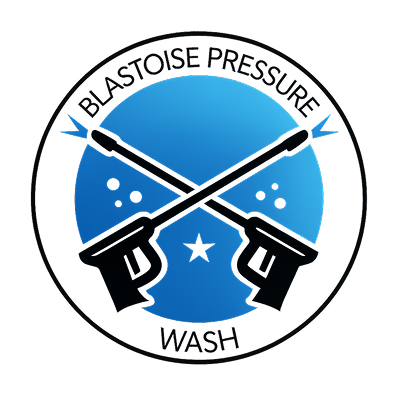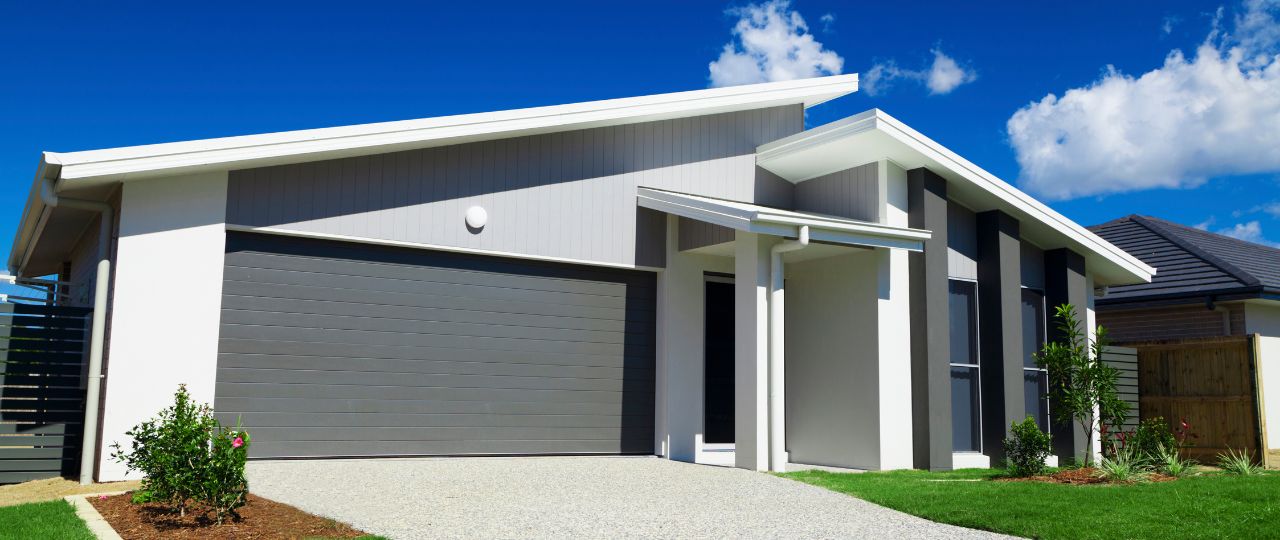You probably know that soft washing can dramatically improve the appearance of your home’s exterior by removing built-up dirt, mould, and grime. But you might be wondering, “how often should you soft wash your house in Sydney?”
From our experience in the exterior cleaning industry, we generally recommend soft washing your home every 12 months to maintain the appearance and integrity of your exterior surfaces. Homes in coastal, humid, or high-traffic areas may require soft washing more frequently, around every 6–9 months.
What is Soft Washing?
Soft washing or exterior house washing involves cleaning the exterior of a home with the use of a pressure washer and cleaning products. But unlike the regular exterior cleaning that makes use of high water pressure, soft washing only utilises low water pressure as a gentler way of cleaning the exterior of your home. Gentler cleaning products are also used to help remove any dirt, stains and organic growth without causing damage.
Factors That Influence How Often You Should Soft Wash Your Home
Although the most ideal soft washing frequency is every 12 months, there may be some factors that can increase the need for soft washing. Here are some of them:
1. Location and Climate
Both these factors affect the frequency of soft washing maintenance. People who live in areas with a generally dry climate might require soft washing more frequently because a dry climate encourages more accumulation of dust. Those who live in areas with humid or wet climates may also need more exterior cleaning because the climate causes more rapid mould or algae growth.
2. Surrounding Trees and Vegetation
A house overrun by vegetation may require more frequent soft washing. Tree branches, dead leaves, and overgrown bushes can all cause deterioration on the home’s exterior.
3. Type of Exterior Surface
Certain exterior materials will also require more frequent cleaning. For instance, wood siding is more prone to mildew and dirt accumulation. Stucco and brick, on the other hand, may be more susceptible to the appearance of fungus and algae.
4. Proximity to Busy Roads or Industrial Areas
Busy roads and industrial areas are some of the dirtiest places, with the dust and debris that normally collect on them due to high vehicular and foot traffic. Houses close to these areas may require soft washing more frequently.
5. Exposure to Moisture and Shade
Excess moisture, especially on materials like wood, will cause the appearance of stains, fungal growth, and algae.
6. Recent Renovations or Paintwork
Renovations can leave your home’s exterior dusty. It may also leave behind stains, grease, and many other construction residues.

